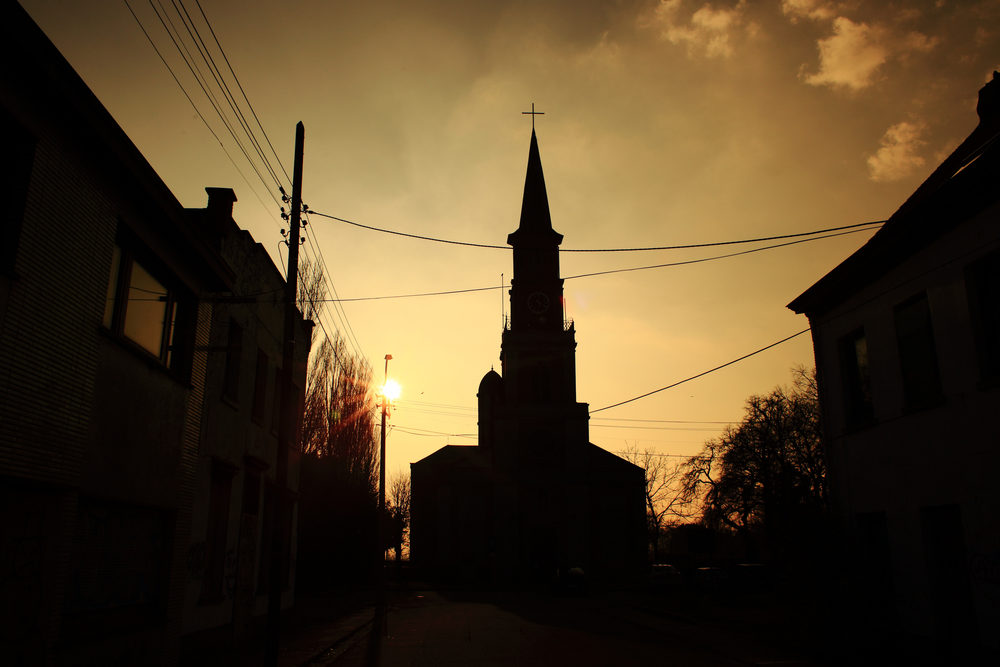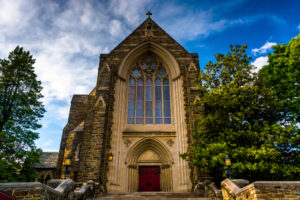
From sexual advances to repeated rape, children in the United States and around the world have suffered alarming rates of sex abuse by members of the Catholic Church. Currently, dioceses and clergy in New Jersey have hundreds of child sex abuse claims against them that span decades due to legislation changes.
A significant increase to the statute of limitations opened the door for victims of clergy sex abuse in New Jersey. The revised legislation included a two-year look-back window, giving those previously ineligible to make a claim to do so. The filing deadline for claims is November 30, 2021.
As the deadline to seek financial compensation for priest sex abuse approaches, even more lawsuits are expected to emerge. The impact of claims will undoubtedly have a ripple effect similar to other states that introduced one-time look-back windows and age extensions to the statute of limitations.
Clergy sex abuse has been a long-standing problem for the Church. Victims, advocates, lawyers, and lawmakers are all fighting to change that. New protocols for reporting, transparency with the public, involvement of law enforcement and the Vatican, and direct actions that strip credibly accused clergy of their position are some ways abuse is being addressed.
New Jersey dioceses covered up abuse claims, ignored reports and shamed or instilled fear in victims, keeping the allegations quiet. Churches often moved the accused priest to another parish instead of involving the Vatican – as required when credible accusations are made – and removing them from their position.
Unfortunately, many dioceses have filed for bankruptcy when faced with mass abuse lawsuits. The look-back deadline could be nullified when that happens, and the bankruptcy judge could set an earlier date.
A History of Priest Abuse in New Jersey
The influx of priest sex abuse claims in New Jersey isn’t the first time the Church has been in this situation. The Independent Victim Compensation Fund (IVCF), created by the five dioceses in the state, had an early-2020 deadline for victims of clergy sex abuse to seek financial compensation. The program gave those abused by priests as a minor an opportunity for private settlements instead of a lengthy and more involved court case. Over 500 submissions were made to the IVCF, and dioceses are still investigating and paying settlements for those claims.
What is being seen this year as the look-back window for priest abuse claims in New Jersey approaches is a continued strain on the Church’s resources and risk of bankruptcy. As the November 30, 2021 deadline nears, more lawsuits will no doubt be filed, and other dioceses may file for bankruptcy as a result.
New Jersey’s Statute of Limitations for Child Sex Abuse
In 2019, New Jersey extended the statute of limitations to 55 years of age, a significant increase that allows a much longer timeframe to make a civil claim for child sex abuse. The legislation also included a two-year look-back window for victims who were previously exempt from making a claim because of their age.
These changes were immediately significant. Just one year after the abuse claims deadline was announced, more than 230 cases were filed against New Jersey clergy and their dioceses.
Related: Sex Abuse Victims Given More Time To Seek Justice In New Jersey
Other states with hundreds and thousands of priest abuse claims are facing serious financial struggles. New York dioceses recently filed for bankruptcy amidst mass clergy abuse lawsuits that emerged from a similar look-back window and statute of limitations extension – and New Jersey has followed suit. The Camden diocese filed for bankruptcy in October last year, citing the crippling costs of abuse settlements and lawsuits, as well as the pandemic.
How Does Bankruptcy Affect Clergy Sex Abuse Claims?
Camden’s bankruptcy halted priest abuse claims through the Independent Victims Compensation Program. Instead, a bankruptcy judge is responsible for approving a settlement for victims who made claims as part of the diocese restructuring.
But there has been widespread criticism when a diocese files for bankruptcy. Arguments that it negatively impacts settlements, limits transparency and public awareness, and lowers the Church’s accountability are at the forefront of victim advocacy.
Chapter 11 bankruptcy also usually has a deadline set by the judge for the abuse claims. Unfortunately, the deadline for priest abuse claims in Camden has passed since it was set for June 30, 2021, five months earlier than the November 30 look-back window. This earlier deadline is another factor that has been criticized because it is seen as unfair to the victims who originally had more time to make a claim, not to mention its overall impact on settlement amounts and the pursuit of justice.
What happened in Camden may just be the start for New Jersey dioceses filing for bankruptcy, which could affect deadlines for other claims in the state.
Priest Abuse Victims: New Jersey Claims Deadline
Admitting child sex abuse is extremely difficult, and typically, victims don’t reveal the attack(s) until decades later. As the November 30, 2021 claims deadline approaches, childhood clergy abuse lawsuits in New Jersey are expected to grow. It’s the final chance for survivors to seek financial compensation if they are beyond the statute of limitations or past the discovery window.
Hiring an experienced New Jersey sex abuse attorney is vital for the best results. Through claims against the Church, a settlement is one way for childhood sex abuse victims to seek justice and reparations. The team of lawyers at D’Arcy Johnson Day is available to help sexual abuse survivors. Contact us online or call us at (609) 641-6200 or (866) 327-2952 (toll-free) for a free consultation.

As a partner with D'Arcy Johnson Day, Andrew D'Arcy has been involved in some of the nation’s most high-profile cases and investigations. His practice includes serious automobile accidents, medical malpractice, wrongful death and product defect cases. Andrew has been personally responsible for numerous multi-million dollar settlements and verdicts on behalf of his clients. He has been recognized by his peers as an "AV" rated attorney, the highest possible rating given by Martindale-Hubbell publication. Andrew has been named a "Super Lawyer" by New Jersey Monthly magazine each year consistently since 2013.














Comments for this article are closed.